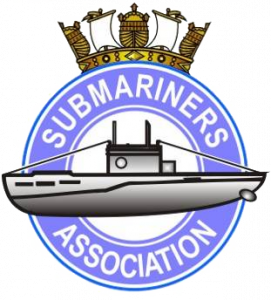Lieutenant Commander
George Francis
CHOLMLEY
Royal Navy
32
George Cholmley was born on 1 September 1882, the son of Alfred and Anne Cholmley (née Simpson) of Place Newton, Rillington, Yorkshire.
He joined the Royal Navy as a Cadet on 15 May 1897 and was appointed to the battleship HMS BARFLEUR on the China Station on 15 September 1898. As a Sub Lieutenant he was appointed to the Submarine Depot Ship HMS LATONA at Portsmouth ‘for Submarines’ then to the Submarine Depot Ship HMS THAMES in 1903. He was promoted Lieutenant on 31 March 1904 and re-appointed to the Submarine Depot Ship HMS THAMES ‘for Command of Submarines’ but no specific submarine was noted.
After a period in the cruiser HMS BEDFORD from 1907 to 1909 he was appointed to command HMS C27 and two years later he took command of HMS D7.
George Cholmley was promoted to Lieutenant Commander in 1912 and appointed to the Submarine Depot Ship HMS ALECTO following which, in 1914, he took command of HMS E3, which was sent to its war station at Harwich just prior to the outbreak of WWI.
E3 was torpedoed and sunk by the German U-Boat U27 on 18 October 1914. Although several men were seen in the water after the sinking there were no survivors.
George Cholmley was married to Mrs Violet P M Cholmley of Thorpe Bassett, Rillington, Yorkshire. He is commemorated on the Portsmouth Naval Memorial on Panel 1.




One Response
Lieutenant-Commander George Francis Cholmley – A Life of Service and Sacrifice:
George Francis Cholmley was born on 1 September 1882 at Place Newton, Rillington, Yorkshire, the second son of Alfred John Cholmley and Mary Anne Cholmley (née Simpson). From an early age, he was destined for the Royal Navy, beginning his naval education at Summerfield’s School before joining HMS Britannia as a cadet in 1897.
His early career saw him serving aboard HMS Barfleur, the flagship on the China Station, where he took part in the Boxer Rebellion, earning the China War Medal. After postings on various ships, he entered the submarine service in 1903, a pioneering and perilous naval warfare branch.
Cholmley quickly rose through the ranks, displaying skill and bravery in command. By 1909, he was appointed to HMS C27, followed by command of HMS D7, and in 1912, he was promoted to Lieutenant-Commander. In June 1914, he took command of HMS E3, one of the Royal Navy’s early E-class submarines, designed for long-range patrols.
With the outbreak of World War I, E3 was sent to Harwich, patrolling the waters of the North Sea. In September 1914, Cholmley and his crew captured a German seaplane and its crew near Borkum, demonstrating his resourcefulness. However, tragedy struck on 18 October 1914, when E3 was ambushed and sunk by the German U-boat U-27 near the Bight of Heligoland. Though some crew members were seen in the water, there were no survivors.
Cholmley was 32 years old at the time of his death. He was married to Violet Penelope Munro Cholmley, whom he wed in 1911 at St. Saviour’s Church, Mayfair, London. He is commemorated on the Portsmouth Naval Memorial, Panel 1, as a testament to his courage and dedication to duty.
His sacrifice, alongside that of his crew, remains a poignant reminder of the dangers faced by submariners in the early days of undersea warfare.